Understanding health inequalities
Sub-Topic 1
Skills
Below are the skills in this Sub-Topic:
- I able to work with service users and patients to identify potential barriers to accessing support and treatment and look for unique and individual solutions.
- I am able to work with service users and patients to help connect them with local community support and services to improve the potential for engagement.
- I can use tools and techniques to assist in support planning which considers a person’s mental and physical health.
Overview
Health inequalities are generally described as “unfair and avoidable differences in health across populations and between different groups within society” (King’s Fund 2020).
They often arise because of the different conditions in which a person may be borne into, live, work and grow old. Living with poor mental health occurs in 1 in 4 adults and 1 in 10 children, with those on low income more likely to require access to mental health services than higher income households. 30% of people with long term physical health conditions, such as diabetes, arthritis or heart problems also have a mental health condition, such as depression or anxiety. Nearly half of all people with a diagnosed mental health illness also have at least one and often more long-term physical conditions.
When mental and physical health problems are combined people are less able to manage their conditions effectively and their health outcomes are likely to become worse. Identifying key support mechanisms and treatment which a person with poor mental health may benefit from to improve their overall health and wellbeing are therefore, important in a support and recovery programme. Undertaking a universal assessment of a person’s health and wellbeing will contribute to understanding how the mind and body are affected by changes in mental or physical wellbeing. However, these elements can also be affected by the environment within which a person lives and when the facilities, services, or access to green areas are not the same, health inequalities will potentially make recovery more difficult. Understanding how access to health education programmes, support with substance abuse, reducing income poverty or food poverty, reducing crime and access to health and social care systems are all part of the wider working together agenda.
You may be shown how to use different tools and techniques to gather information regarding a service user’s physical health as well as other aspects of their background such as living accommodation, what physical exercise they undertake and may also be asked to record their height, weight, medication details, blood pressure, whether they smoke, alcohol intake etc.
It will also be important to ask questions as to whether a person is able to access a service on their own or do they need support/someone to accompany them, do they know where to go for assistance, care or treatment, etc so that you can identify the barriers and look at potential ways within which those barriers can be removed.
Why is this importantWhy is this important
It could be assumed that each member of the population has the same opportunity to receive the same levels of care and therefore, the same outcomes. However many different factors will influence a person’s ability to access a service, and as such this may have a positive or negative impact on their life expectancy.
Differentiating between levels of accessibility to services, treatment and support/advice is not intentional. It could be because of geographical location, an individual’s financial position, a disability, the nature of their ill health and whether they receive support from family and friends, their religion, culture, background, education etc.
Inequalities can also occur as a result of someone’s lack of understanding as to what help may be available to support their needs. Health inequalities can also be exacerbated by bias which can influence how individuals treat service users/patients.
As a support worker spending time with a service user/patient will be important to help understand their individual needs to support treatment and recovery. However, being aware of what services are available and identifying any gaps in service provision or barriers which may need to be overcome helps to reduce inequalities. If this part of the support planning process is not undertaken important gaps may emerge in a person’s support and treatment plan.
Skills ReviewSkills Review
Having completed this sub-topic I will understand the importance of these skills.
- I able to work with service users and patients to identify potential barriers to accessing support and treatment and look for unique and individual solutions.
- I am able to work with service users and patients to help connect them with local community support and services to improve the potential for engagement.
- I can use tools and techniques to assist in support planning which considers a person’s mental and physical health.
